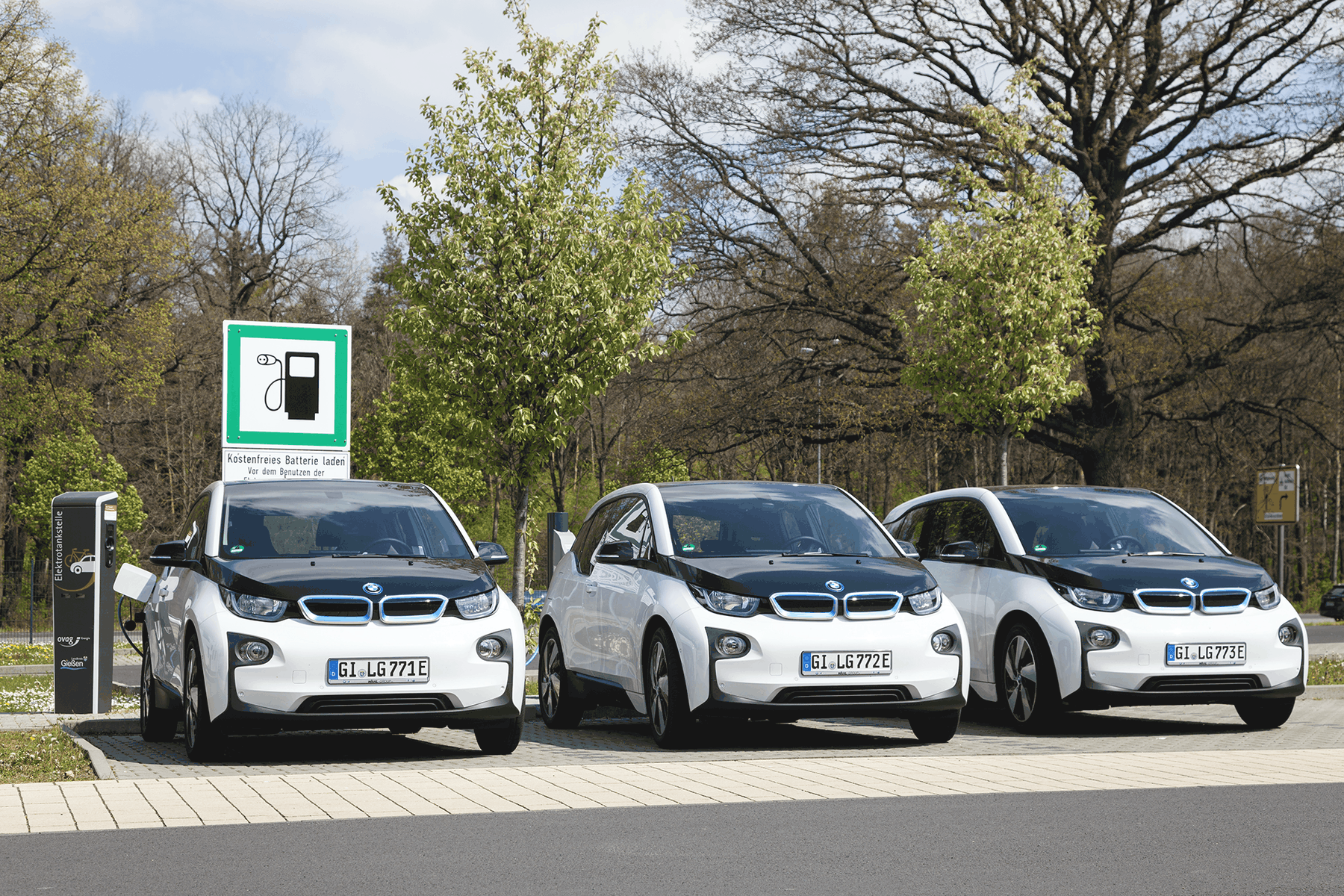Electric Vehicle (EV) charging infrastructure refers to the network of components and facilities that enable electric vehicles to recharge their batteries. This infrastructure includes various elements that support the charging process for electric vehicles, making it possible for EV owners to conveniently and efficiently power up their vehicles.
Some key components of EV charging infrastructure include:
Charging Stations: These are the physical locations where EVs connect to a power source to charge their batteries. Charging stations come in various types, including Level 1, Level 2, and DC fast chargers
Power Supply: EV charging infrastructure requires a reliable source of electricity, often supplied by the local power grid. Adequate electrical infrastructure is essential to support charging station operation
Charging Cables and Connectors: Charging stations are equipped with compatible cables and connectors that allow EVs to connect to the station and transfer electricity to the vehicle’s battery
Network Connectivity: Many charging stations are equipped with network connectivity, allowing users to find and access them through mobile apps, websites, or RFID cards
Location and Accessibility: Charging infrastructure should be strategically located, including in urban areas, along highways, and in parking facilities to make EV charging accessible to a wide range of users
Payment Systems: Charging stations often require payment for the electricity consumed. Payment methods may include credit cards, mobile apps, subscription services, or prepaid cards

